26+ Sample Warranty Agreements
-
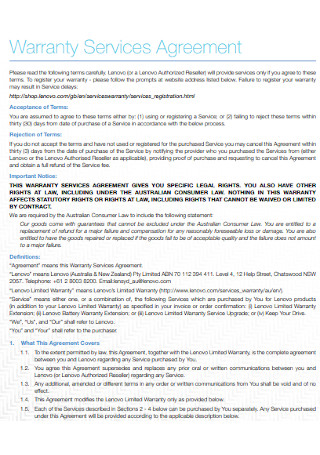
Warranty Services Agreement
download now -
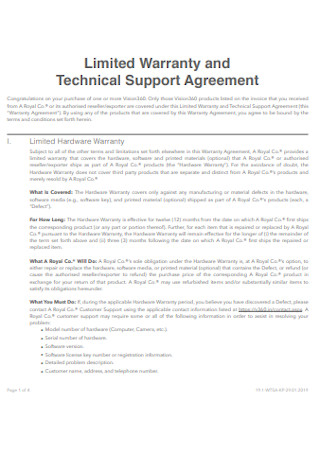
Warranty and Technical Support Agreement
download now -
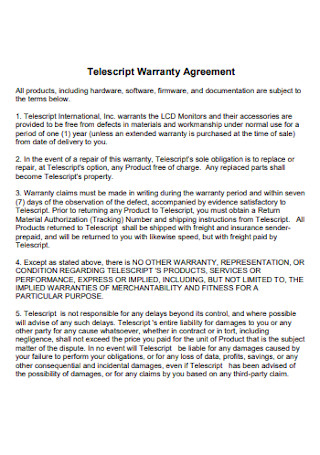
Telescript Warranty Agreement
download now -
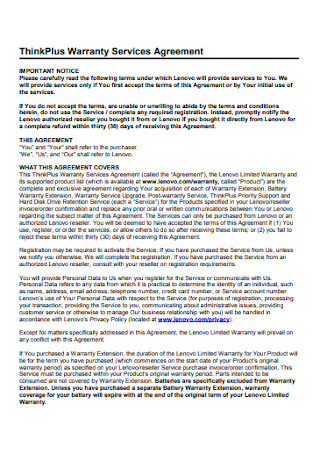
Warranty Services Agreement Template
download now -
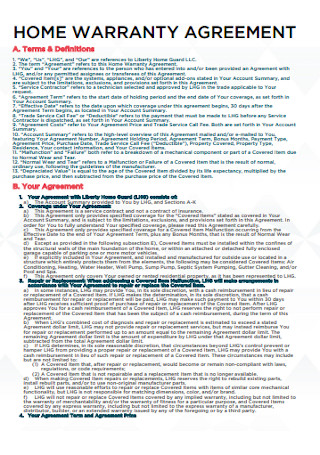
Home Warranty Agreement
download now -
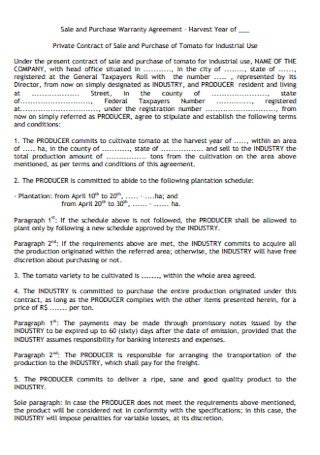
Sale and Purchase Warranty Agreement
download now -
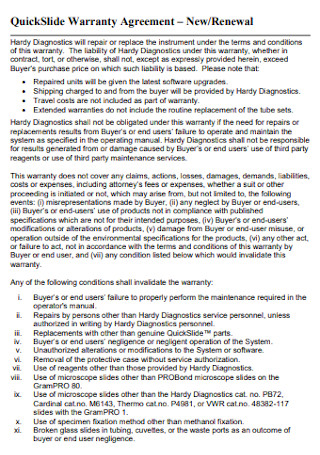
QuickSlide Warranty Agreement
download now -

Extended Warranty Agreement
download now -
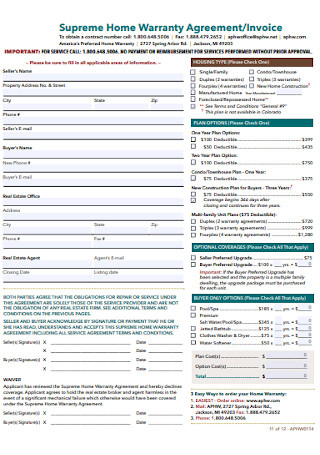
Supreme Home Warranty Agreement
download now -
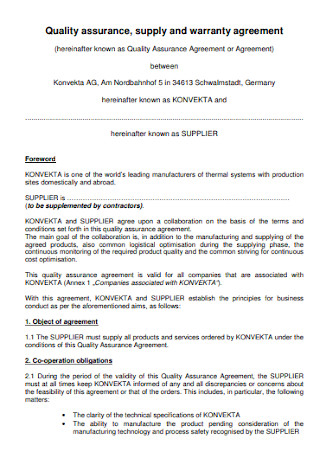
Supply and Warranty Agreement
download now -
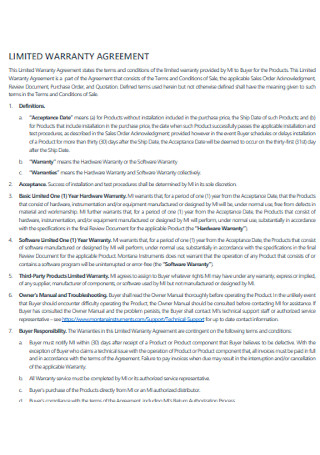
Limited Warranty Agreement
download now -
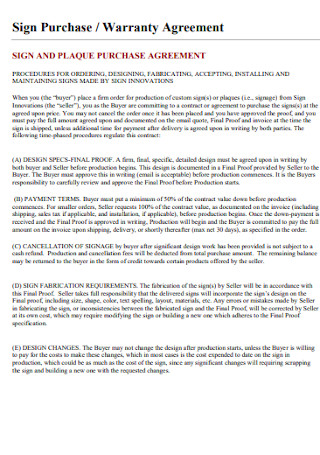
Sign Purchase and Warranty Agreement
download now -
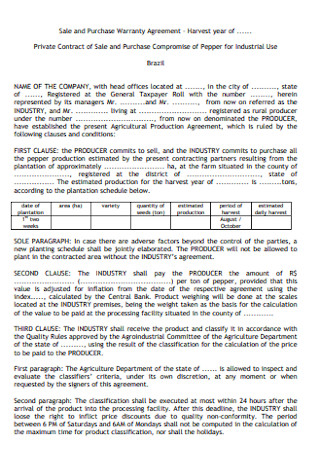
Sale and Purchase Warranty Agreement Template
download now -
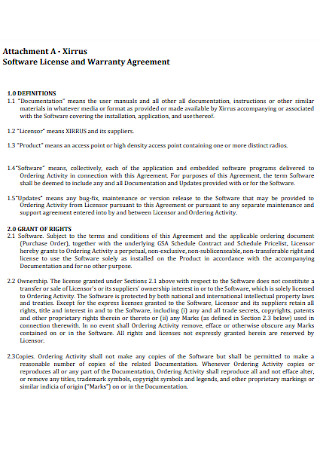
Software License and Warranty Agreement
download now -

One Year Extended Warranty Agreement
download now -
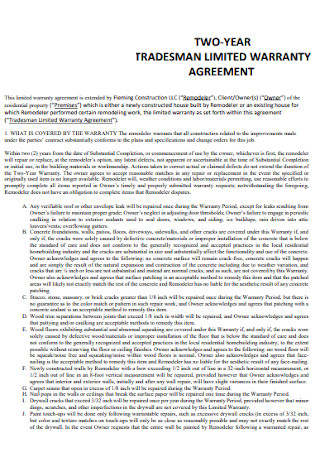
Tradesman Limited Warranty Agreement
download now -
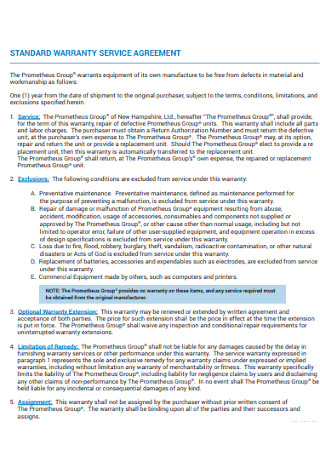
Standard Warranty Service Agreement
download now -
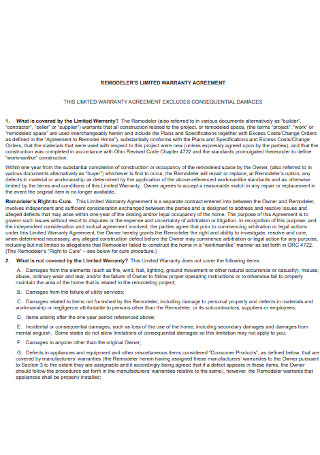
Remodelers Limited Warranty Agreement
download now -
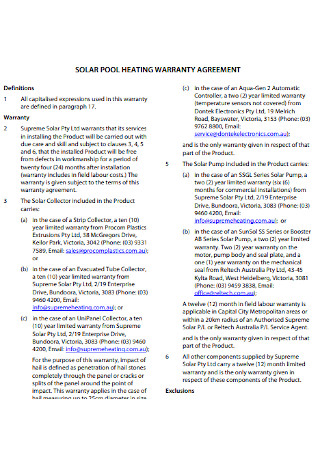
Solar Pool Warranty Agreement
download now -
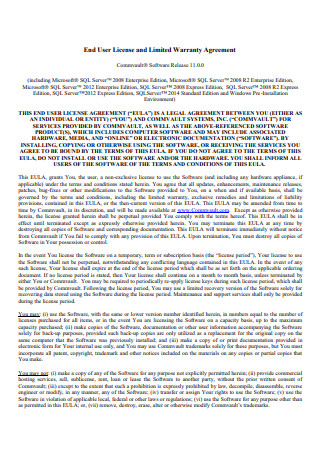
License and Limited Warranty Agreement
download now -

Product Warranty Agreement
download now -

Sample Development Warranty Agreement
download now -
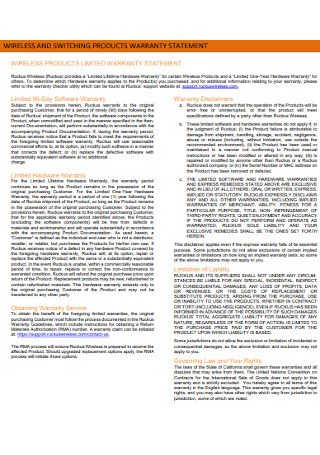
Switching Products Warranty Agreement
download now -

Warranty Service Provider Operating Agreement
download now -
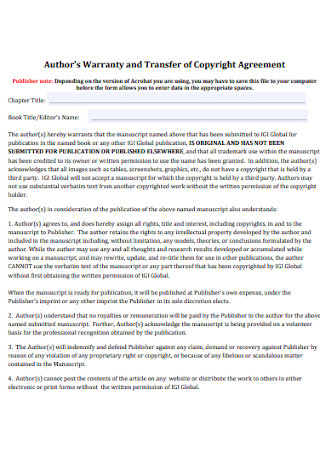
Warranty and Transfer of Copyright Agreement
download now -
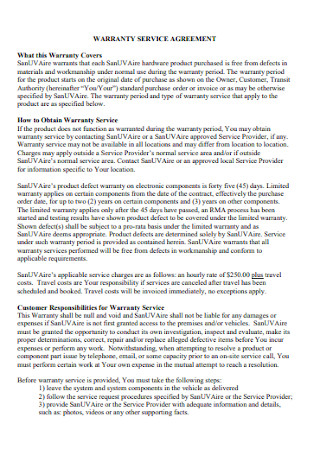
Sample Warranty Service Agreement
download now -
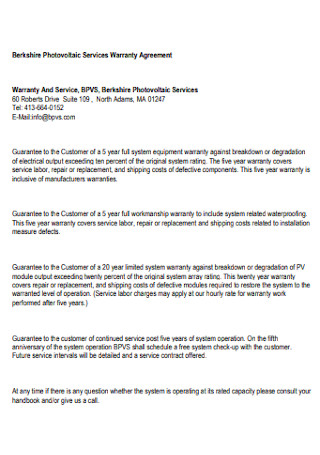
Photovoltaic Services Warranty Agreement
download now
Sometimes, these backfire, and customers tend to issue their rights for a refund or replacement through warranties. Companies give warranty agreements to their customers accompanying their purchase. What is a warranty agreement, and how does it influence consumer behavior? Continue reading the article below and learn more about this arrangement, including its definition, types, and construction. It also answers frequently asked questions regarding warranty agreements and offers various samples for download and use for business.
What Is a Warranty Agreement?
A warranty or a warranty agreement is a guarantee from a manufacturer, a distributor, or a similar party the standard and condition of products and services. It serves as a written promise to consumers that the merchandise you deliver is of quality. A warranty agreement also assures your clients that you are willing to keep the commitment of repairing or replacing the product itself or parts of it for free or a discounted price within a specific period. The agreement also gives a sense of reassurance to the customers patronizing your product. The warranty agreement reflects how the company believes in the quality of its products. It also encourages the consumer market to buy the product or service to invest in their quality products. It is a vote of confidence that benefits the organization and its customers.
According to Allied Market Research and their Global Opportunity Analysis and Industry Forecast from 2020-2027, the global extended warranty market size amounts to 120.79 billion US Dollars during 2019. A projection reach of 169.82 billion US Dollars by 2027 with a compound annual growth rate of 7.4 percent within the span of eight years from 2020-2027. Meaning that companies are extending their service contracts for their existing customers post the pandemic.
Types of Warranties
When discussing warranties, most individuals would think there is only a single type of warranty, when ultimately, there are variations. Most consumer purchases follow warranties and the Uniform Commercial Code or UCC enforces and recognizes implied and express warranties. However, under these two are still others that will also be defined and discussed below.
How to Create a Warranty Agreement
A company selling goods or services to the public must provide its consumers with a warranty agreement. Before writing up warranty agreements for your customers, determine if giving one is worth it. When it comes to structuring what your warranty agreement contains, ensure that it is always readable. Aside from that, you can follow these steps to draft your company’s warranty agreement.
Step 1: Ensure That the Warranty Covers the Law
The federal law of the Magnusson-Moss Act lays down certain provisions and conditions for businesses that aim to provide warranties for their consumers. Whether a warrantor or a seller, you must include if the warranty you offer is full or limited. You must also include specific information regarding the warranty in a concise and easily understandable manner. It is also advisable to offer consumers a warranty before making their purchase. Consider hiring a knowledgeable attorney in creating your warranty agreement.
Step 2: Indicate the Warranty’s Coverage and Non-Coverage
The warranty agreement needs to be specific and concise, detailing what it does and does not cover. For example, if your product malfunctions, will you repair or replace it, or how much of the service you can provide your consumers. It is also helpful to indicate that you do not honor warranty coverage if the items are tampered with or misused.
Step 3: Specify the Period Covered by the Warranty
When providing a warranty, your customers must know the duration the company intends to honor the warranty, whether for product replacement or repair. The warranty must explicitly include the term of acknowledging the agreement’s validity. If you are selling large items, for example, appliances, you must consider extending the warranty period for longer. Remember that the efficacy of the warranty holds its advantages.
Step 4: Create an Option for an Extended Period
If you provide an option to your customer to extend their warranty agreements, it gives them a sense of security, making them purchase and spend money for more items. It is a marketing strategy to offer extended warranties to your consumers because there is a possibility that a number of them will not use it, and you acquire more income from the products. Organizations can also encourage customers to make upfront decisions or give them a week to decide on an extension.
Step 5: Create a Department That Handles Warranty Claims
Assign a department in your organization to handle consumer calls to follow through with product returns and complaints. You must also provide an address where customers can return their products for repair or replacement. Designate individuals to deal with these situations, ensuring that the company caters to the needs and satisfaction of its clients.
FAQs
What is the purpose of a warranty?
A warranty provides consumers with an assurance that the purchased products or services from the shop have no defects and follow standards. It also provides customers a remedy for items that are defective with repairs or replacements, depending on the warranty’s terms.
What is a breach of warranty?
A breach of warranty is the failure of a seller, distributor, or manufacturer to guarantee that the product or service sold is not of proper quality or does not fulfill the purpose promised when the customer purchased the product.
What is the difference between a warranty and a guarantee?
A warranty is a guarantee from a selling body that a faulty product can be returned, repaired, refunded, or replaced within a specific period. Meanwhile, a guarantee is a promise that the product or service meets particular quality and adheres to standard procedures for merchandise production.
Warranty agreements are essential to businesses that offer merchandise or service for purchase. Aside from it being mandated by the law, it also helps to gain your consumer market’s trust and loyalty. It also gives your consumers the confidence that your products will perform at their best and intend to fulfill the company’s promise. Ensure that your warranty covers all the necessary information for your customers. As consumers, it is beneficial to have an understanding of how warranties work. In the words of Stephen R. Covey, “Trust is the glue of life. It’s the most essential ingredient in effective communication. It’s the foundational principle that holds all relationships.” Build trust with your customers through the use and download of warranty agreement samples above!
